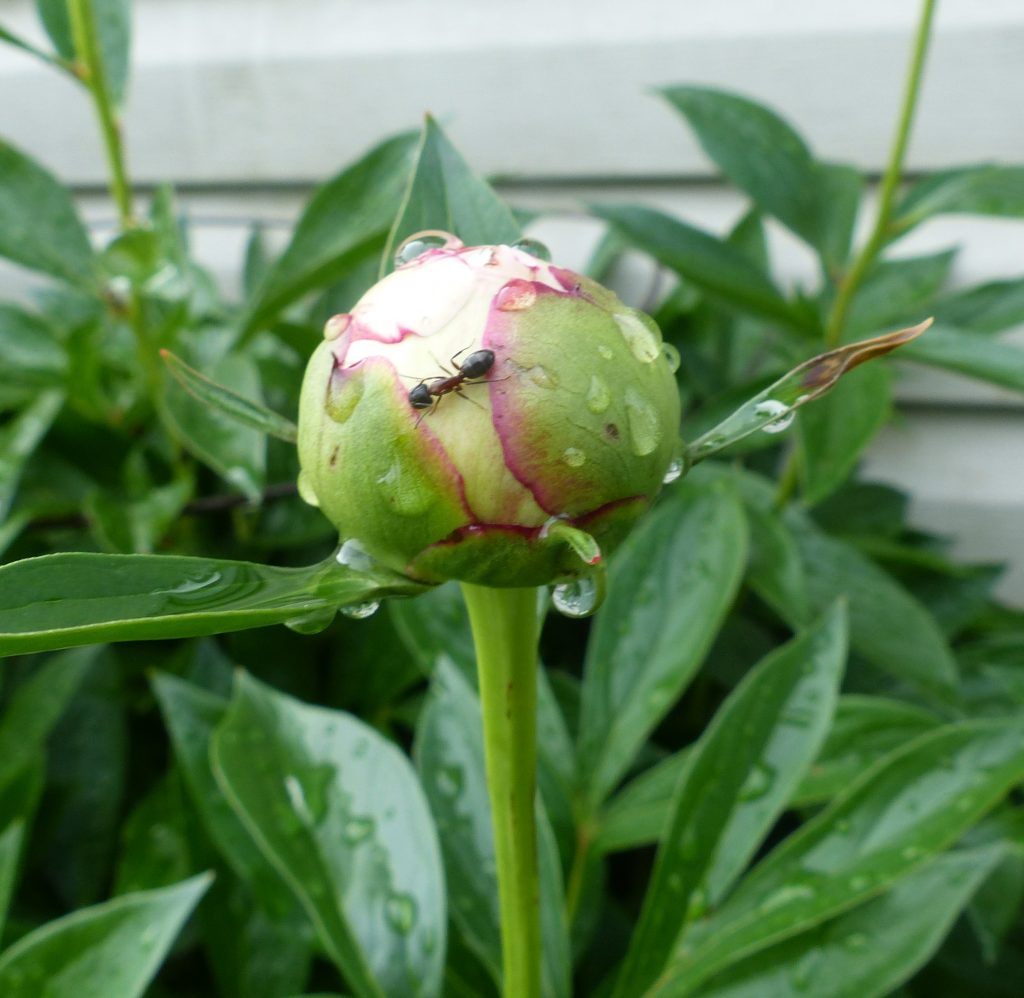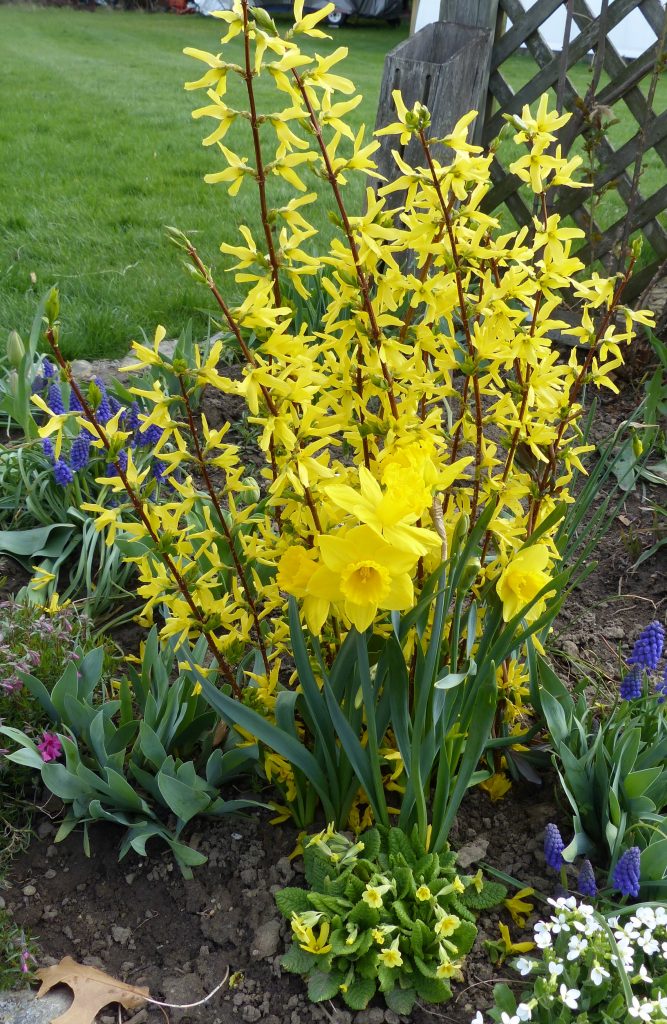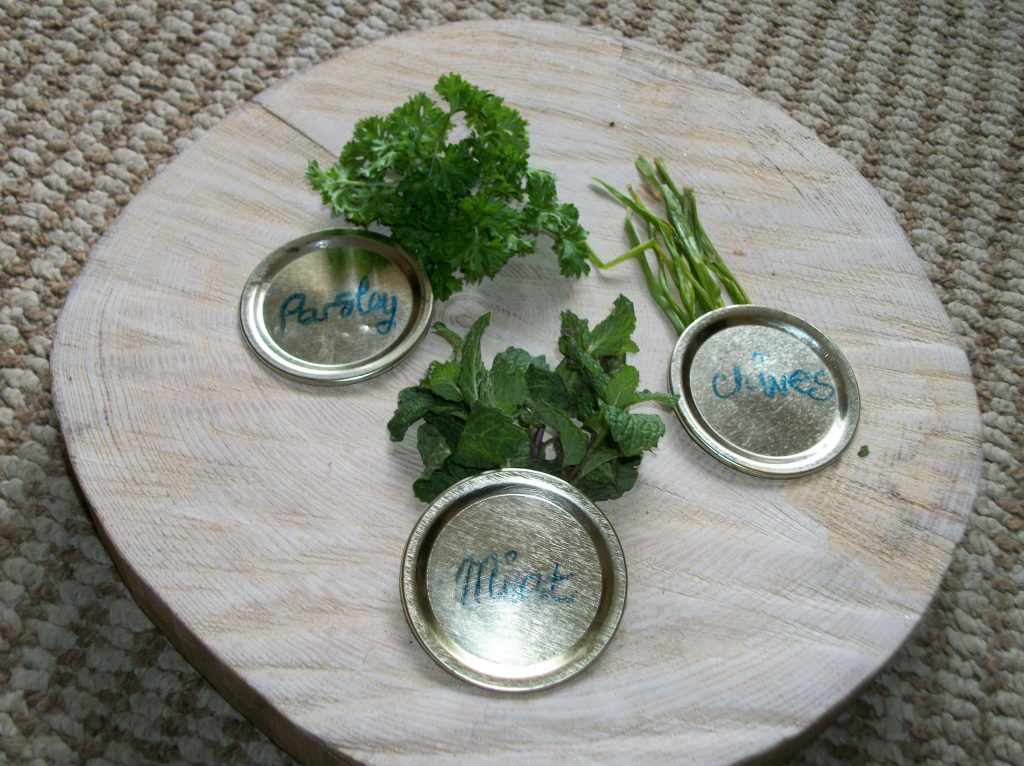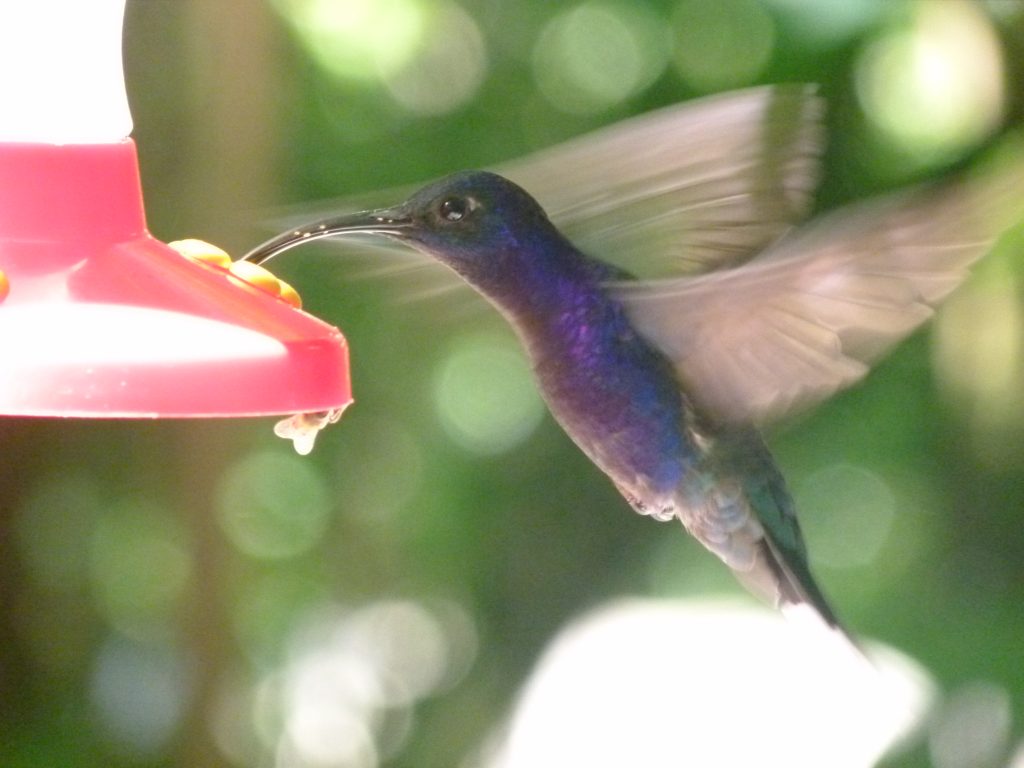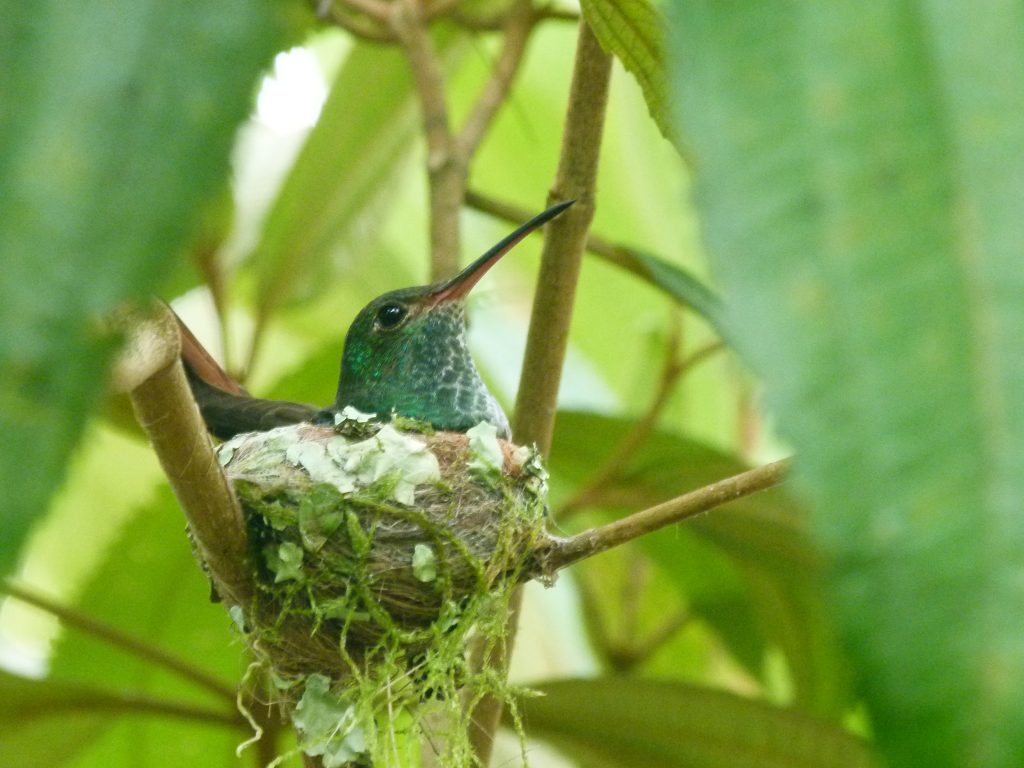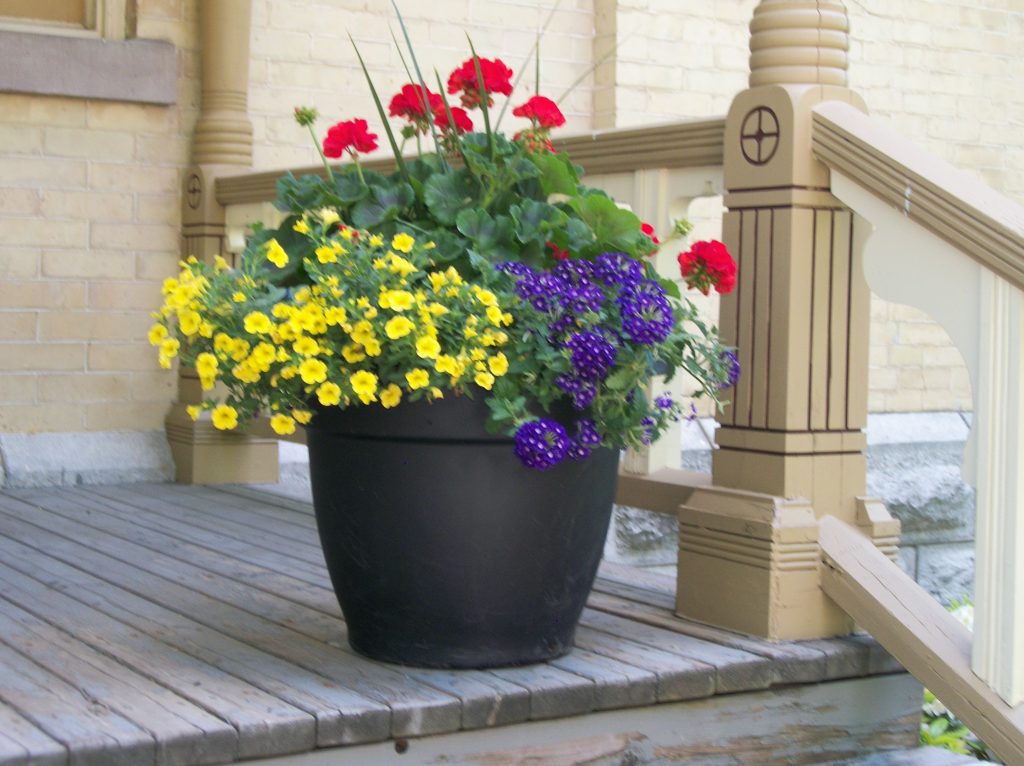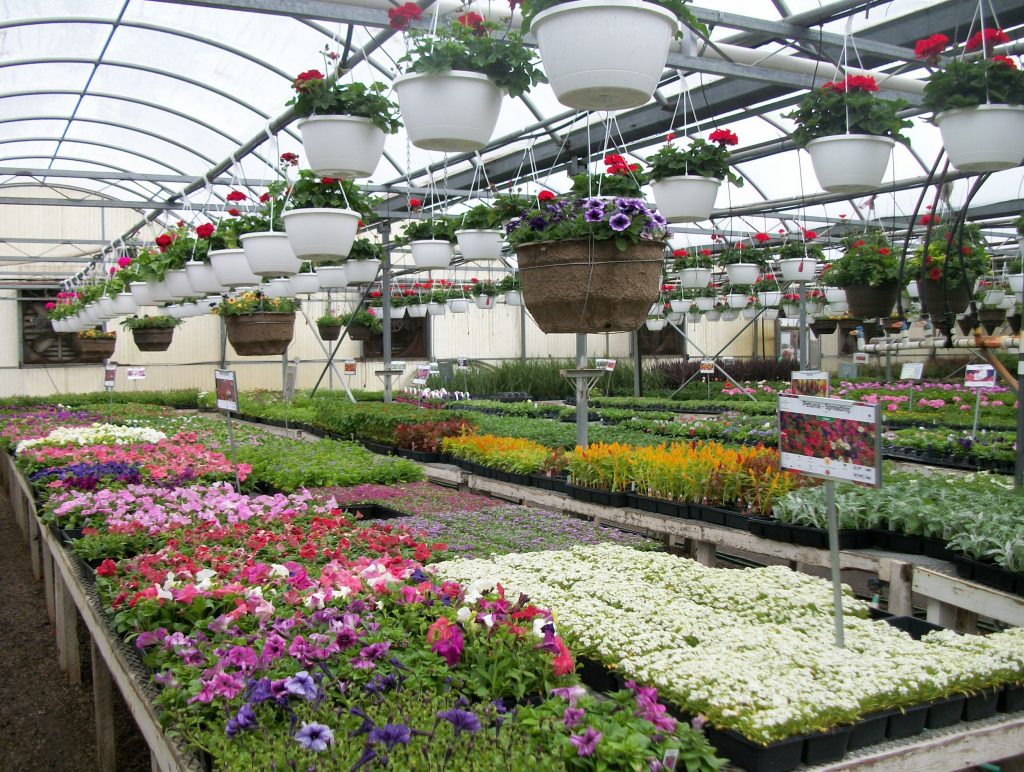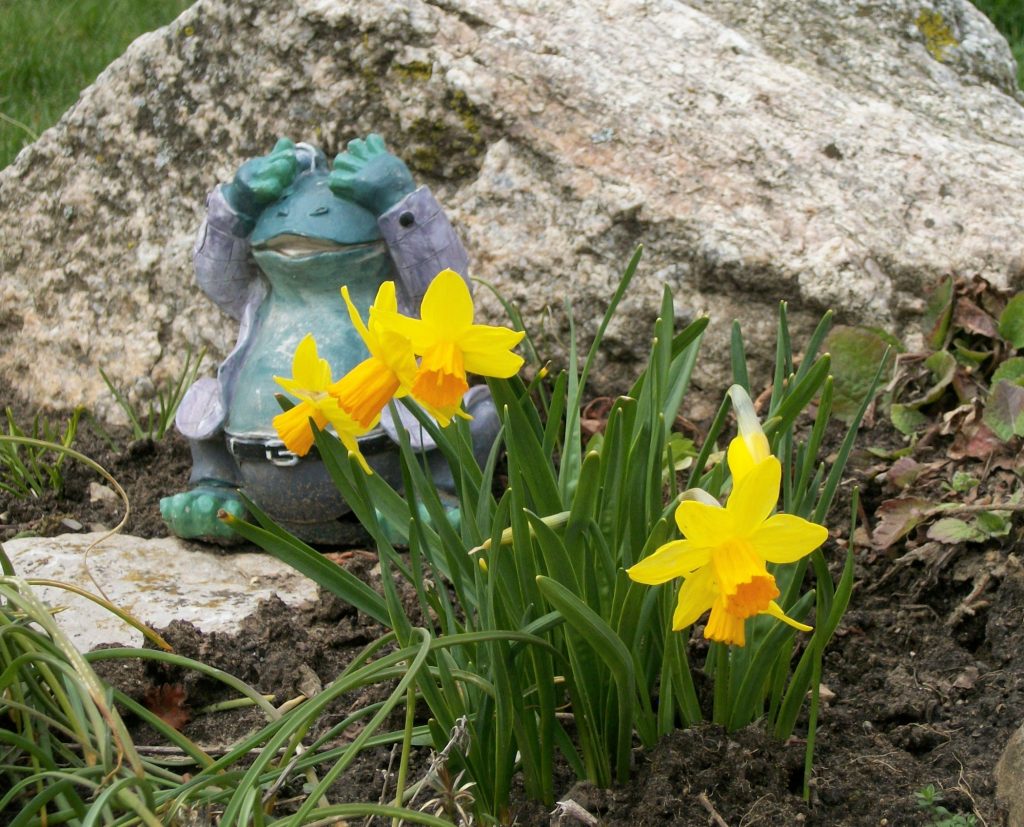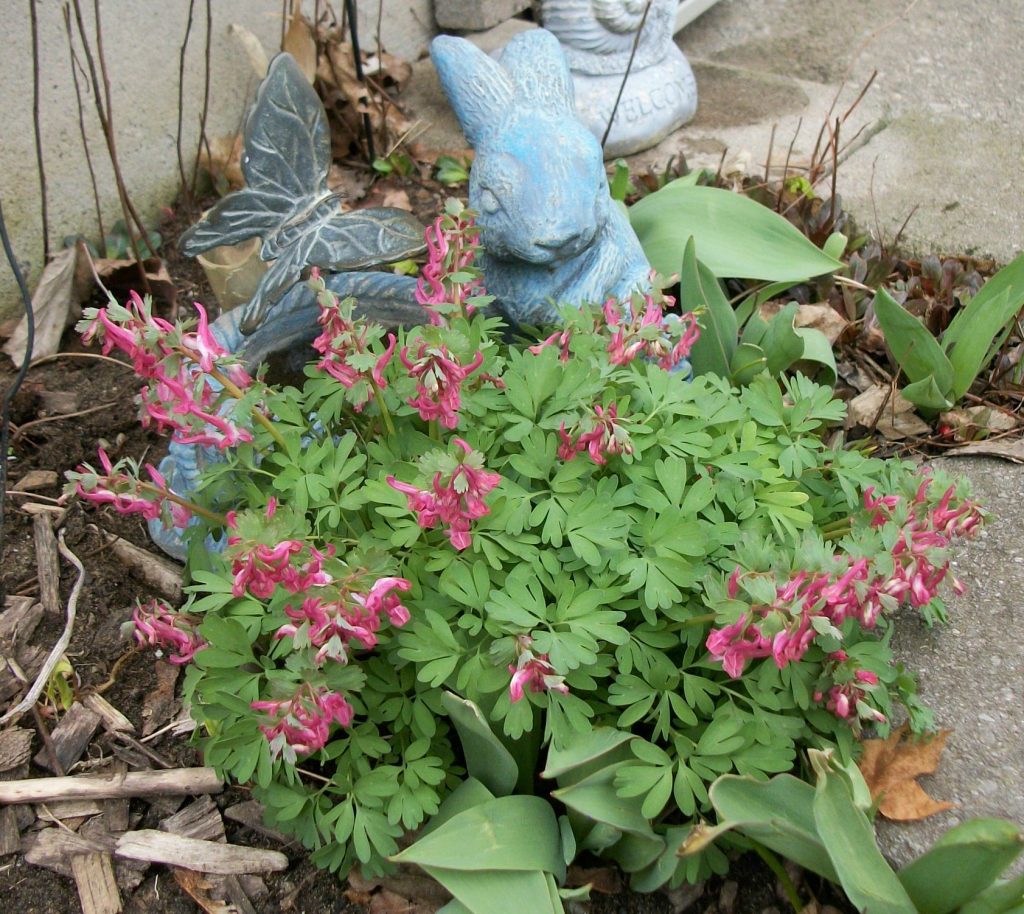It’s Still Just Dirt, The Norfolk Tillsonburg News – August 2021
by Angela Lassam

Many people grow tomatoes even if they do not have a garden. They can be grown directly into the ground or in a pot almost anywhere. Tomatoes come in many sizes and colors, many more than red. They are at their best before being refrigerated when they lose their sweetness. As a vegetable they can be eaten raw or cooked in many ways – pizza, soups, lasagna.
The tomato was a staple food for the Aztecs back in 500 AD and was discovered by explorers in the 1500s. At first it was thought to be a poison as it was related to the Deadly Nightshade family. Seeds were taken back to Europe where tomatoes became a favourable vegetable.
Small salad tomatoes are either grape or cherry size and can be red, orange or yellow. Large tomatoes are round and generally red although gardeners will find seed for yellow and purple (heirloom variety) which are of a flatter shape. A tomato called Roma is the one used for sauces. It is cylindrical, very fleshy and matures later in the season.
For gardeners who prefer to grow tomatoes there are specific letters denoting resistance to disease. Look for VFN on seed packaging. V – verticillium wilt, F – fusarium wilt and N – nematodes. Tomato labels have ‘Determinate’ which are bushy, two to three feet, need no staking and have a short fruiting time, ‘Indeterminate’ which mature later over a longer period but need staking and small varieties like ‘Sweetie’ are the cherry size usually eaten raw.
Tomatoes need fertilizer that is low in nitrogen otherwise you will have many leaves and the flowers will be slow to mature. It is advisable to pinch off the lower leaves for sunlight and air circulation. Many problems are caused by too much foliage allowing fungus to form. Do not water the leaves as it will damage them, try to water the roots instead. The extreme heat we are experiencing may cause flower drop reducing your yield.
Pests – aphids, flea beetles, stink bugs and white flies are common but spraying with soapy water early in the season will help with this. The tomato hornworm is different. It will defoliate your plants and the only recourse is to handpick them into a bucket of soapy water and dispose of them. Diseases are mostly fungal – leaf drop, grey mold spots, and powdery mildew can be sprayed regularly with a mixture of one gallon of water, one tbsp. baking soda, one tsp. vegetable oil and a squirt of dish soap (Dawn). Use the mixture frequently including on the underside of leaves. Blossom end rot is a sign of calcium deficiency and the soil is lacking lime which can be applied next spring.
Tomatoes are one of the most rewarding vegetables to grow and so versatile. A tomato homegrown is more sweet and fresh than any found in a grocery store so I hope everyone has enjoyed the experience.
Check out these simple recipes https://www.inspiredtaste.net/45038/easy-salsa/#itr-recipe-45038 https://www.aspicyperspective.com/best-homemade-salsa-recipe.
Members of the Tillsonburg Horticultural Society look out for emails for future meetings, check out Facebook and look on the website www.tillsonburghorticultural.ca for any updates.
